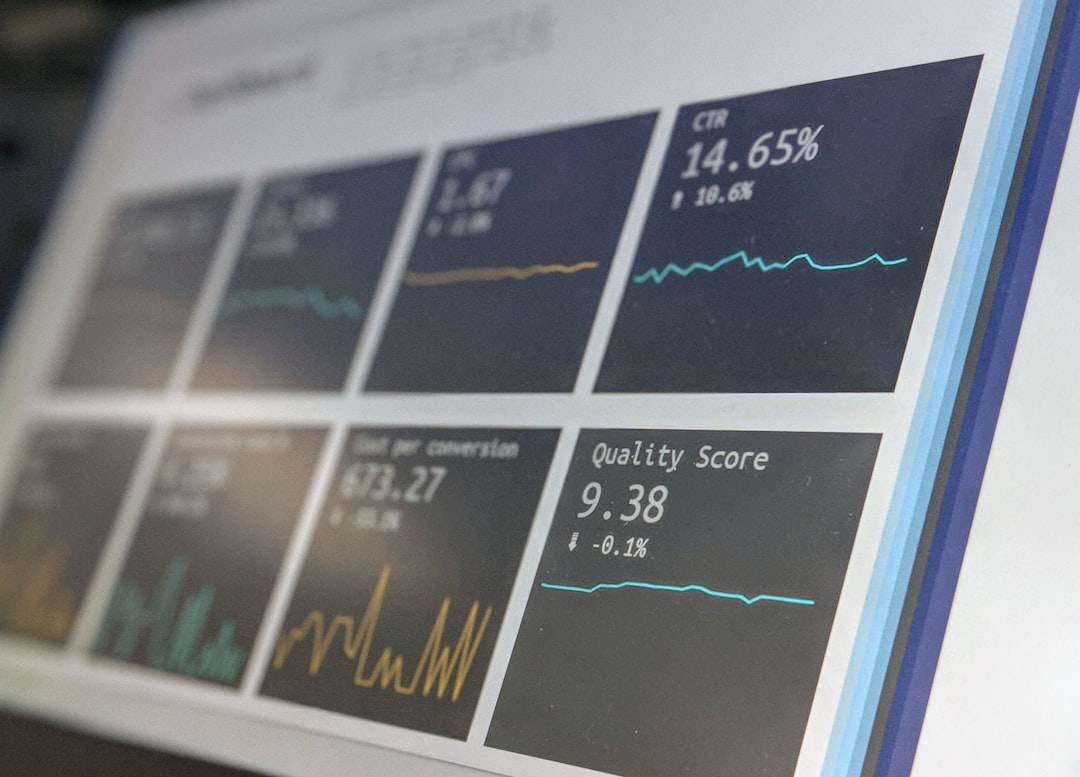
Software engineering jobs need to be designed to fit the actual need of the company for the software to actually work. There are three important measures of success: quality, speed and cost. In this article we will help you understand the ways in which you can apply these principles to the company itself.
Quality
Quality assurance is not just a buzz word – it is a way of doing business. It affects the manner in which the software is designed in terms of engineering specifications, and quality control. Quality links to speed, as what you get faster, you get for less – you pay less, you get more functionality. We will look at at three key issues that affect quality – typical fears,riaplessness and contingency planning.
Fears
It is common for companies that are already small to be comfortable with the kind of software engineers they have, no matter how poorly “average” it is. This is often because they have been burned in the past, and don’t want the issues to arise again. Companies often fear that by hiring more productive engineer (possibly from a different company), they’ll be losing skills and knowledge that they already have. As a result, they leave, and the company struggles, because it needs more work done.
However, this type of business fear could be a false fear. Although your current team may be small, it actually might be “too small” to produce a high quality product, in a timely manner. How many projects like this have you seen?
Overcoming this is relatively straight forward, especially if you look at it from a business point of view:
Speed
Considering the fear above, you have now discovered that you have a problem that can be easily and quickly overcome. You can release your product earlier, so that you can make more money, or get to a launch date that would be ideal for your company. You can take on ” lane development” in order to deliver your product to customers at a faster pace than your competitors.
However, it might be that your team is too small, which will negatively influence the company only ‘if’ they look to release early, that is, to cut a lot of the required costs by improving the time it takes to deliver the products. In this case, “getting the team size right” is key. You can now look at making the team more effective. How can you do this?
Contingency Planning
The final way to improve your software development company is to look at how you setup contingency plans, but without the fear of making the whole process too flawed. Believe it or not, not every company actually has this strategy, and it can create issues when you are pressed for time.
Contingency plans often become the thing that prevents the company from meeting deadlines in the first place – a bad system is communicated, and the project gets even further delayed. Every project that every company takes on is going to be different in its own way, but it’s advisable to discover the last thing that you can do to meet a deadline when you are up and running.
Of course, if there are things which are going to be too difficult to do, make sure your supplier, or client, is clear on these issues, so the company can delegate them in a way which provides the best support to make them succeed. You can also ask your supplier to help train your team in any special issues, as outsourcing can end up a win/win for everyone involved.
Contingency plans are going to become less of a problem as you grow, because whatever problem the team are faced with, there is a way of dealing with it.












